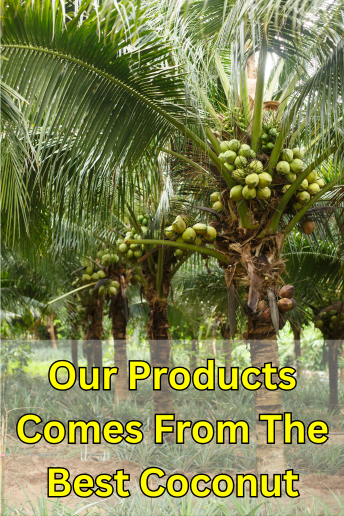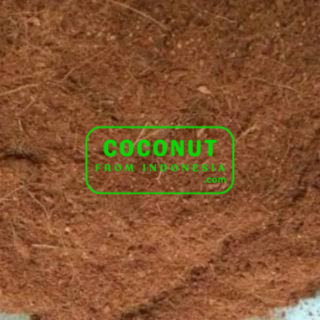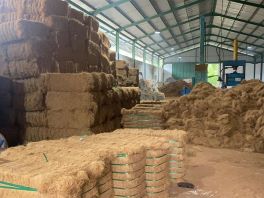Global Coconut Fiber Market size was valued at $369.70 million in 2022, and is expected to garner $525.70 million by 2032, registering a CAGR of 8.2% from 2023 to 2032.
The outer husk of a coco is used to manually or mechanically remove coco coir, also known as Coconut Fiber, which is a stiff, coarse natural fibre that may be spun into flexible yarn. Two popular varieties of coco fibre are white and brown fibres, which are taken from mature coco shells. The most lignin is found in coir, which gives it strength but also makes it less flexible than cotton and unsuitable for dyeing.
Due to its ability to absorb water, coco coir is regarded as an environmentally benign product that is suited for horticultural and hydroponic uses. The expansion of the upholstery sector along with the surge in demand for lightweight eco-friendly items are what are fueling the growth of the worldwide coco coir market.
The main by-product of the coconut is the husk, which is used to make coir fibre. Because it is utilised as a growth medium in horticulture, the vast amount of coir dust or coir pith produced by this extraction procedure has acquired great traction in the coco coir market. Nonetheless, because of its greater carbon and nitrogen ratio and lesser biodegradability due to its high lignin content, coir pith is still not regarded as an acceptable carbon source for use in agriculture.
Rising awareness and demand for eco-friendly products with lightweight properties will emerge as the major factor fostering the growth of the coco coir market. Rising awareness about the beneficial properties of coco coir such as high durability, high absorbency and ability to control soil erosion are other factors fostering the growth of coco coir market.
Applications:
- Carpet
- Mat Mats
- Rope
- Filter Cloth
- Floor Mats
Coconut fiber as a compost:
Coir pith is therefore composted to improve the manorial value, decrease the lignin & cellulose content, and lower the carbon & nitrogen ratio. Coir pith is composted to reduce bulk and make plant nutrients more readily available. As a result, horticulture farming is experiencing an increase in demand for coir pith. Additionally, coco coir's high moisture content and balanced carbon to nitrogen ratio, as well as other advantages for using it in agriculture, have increased demand for it and accelerated the growth of the coco coir market. Since coir is naturally neutral, there is no need for additional additives to balance out the acidity, and most vegetables grow better in neutral conditions.
Moreover, coir makes agricultural beds' drainage better. It produces air pockets below the roots in the soil because it decomposes slowly while holding onto moisture. This prevents the soil from drying out completely by allowing the water to flow out from the plant's roots while still holding part of the moisture. This works on a variety of bed types, including dry beds with more sand and those with heavy clay. Hence, the expansion of the coco coir market is significantly influenced by all of the aforementioned variables. Government programmes that support horticulture-based cultivation of fruits and vegetables also contribute to the expansion of the coco coir market. Also, many businesses have embraced the idea of cleaner production to meet consumer demand.
(source: Analytics Market Research LinkedIn)










